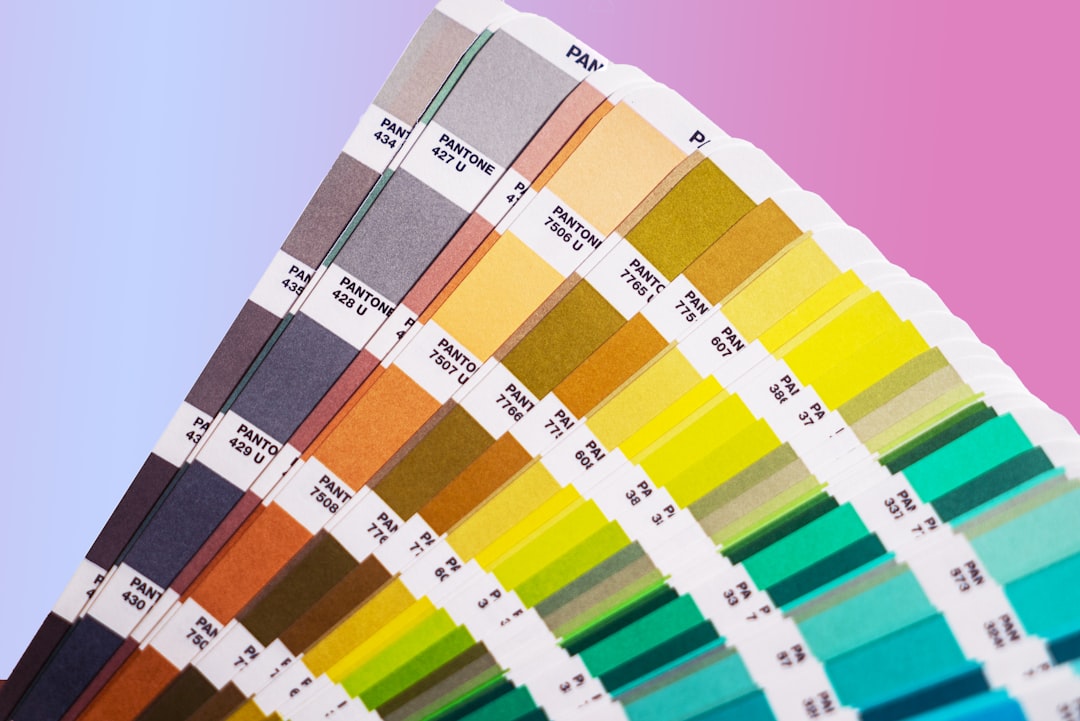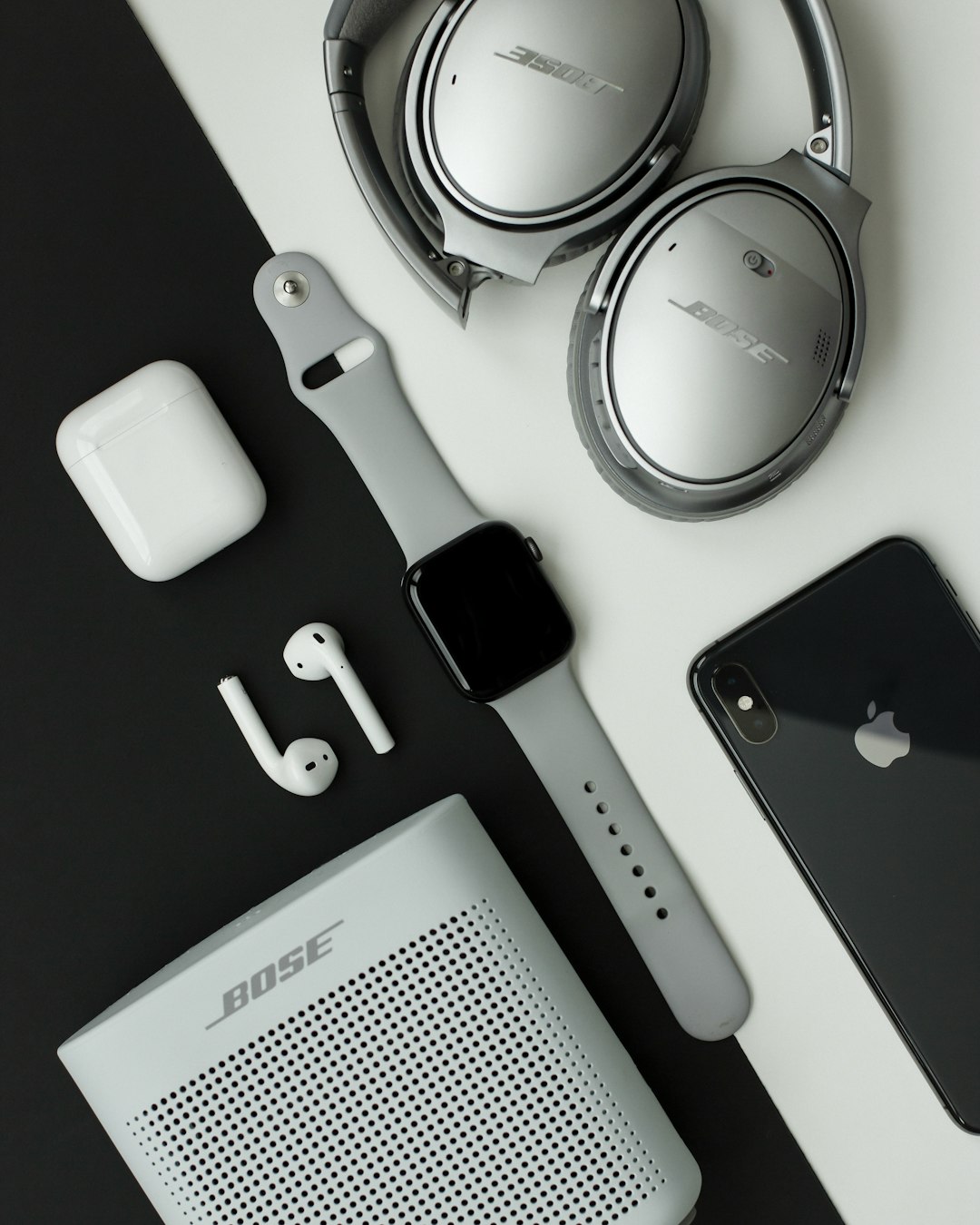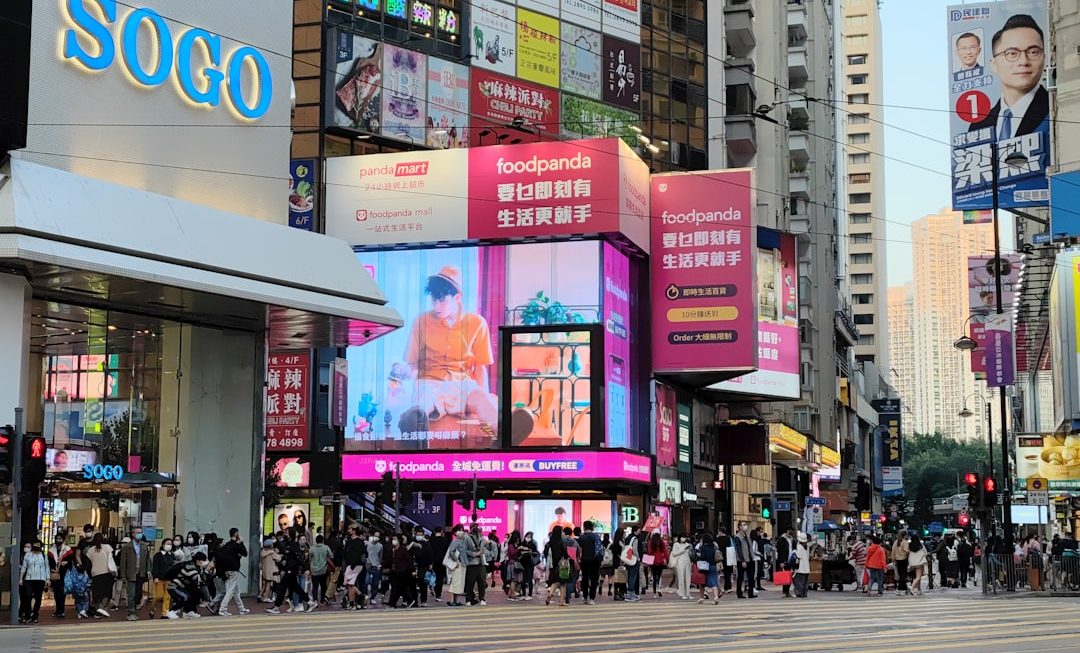Shopping for smartphones has become more visual and interactive than ever before, and two of the most popular devices vying for consumer interest are the Samsung Galaxy and Apple’s iPhone. As e-commerce continues to evolve, creating an engaging store filter design is essential in helping users quickly find what they’re looking for. Let’s explore some innovative ideas for filtering Samsung Galaxy and iPhone devices in online stores, focusing on how design can create a smooth and compelling user experience.
Understanding User Intent for Better Filters
Before diving into design features, it’s important to understand what users typically look for when buying a new smartphone:
- Brand preference (Samsung vs. Apple)
- Model (e.g., iPhone 14, Galaxy S23)
- Price range
- Storage options
- Camera features
- Color choices
Designing store filters that reflect these preferences allows customers to filter down to their ideal phone quickly and intuitively.
Category-Based Filtering with Visual Icons
Starting with a brand-based filter is a logical first step. Use side-by-side visual icons such as the Apple logo and the Samsung logo to help users identify categories quickly. Including product image thumbnails of flagship phones like the latest Galaxy and iPhone models can accelerate decision-making.

Once a user chooses between Samsung or iPhone, the next levels of filtering can be customized to each brand’s ecosystem. For instance, Samsung users might care more about S Pen features or foldable designs, whereas iPhone users could be more interested in the exact iOS version or Face ID compatibility.
Multi-Toggle Sliders for Dynamic Selection
For attributes like price and storage capacity, multi-toggle sliders give users better control over their options. These sliders should update product results in real-time so users can see how many matching results their filters yield. This instant feedback can greatly enhance the shopping experience.
Make sure that sliders are mobile-friendly and that values are clearly labeled. It’s also helpful to add quick-select presets that highlight popular categories such as “Under $1,000” or “256GB and up.”
Color and Finish Filtering with Live Previews
Color is a surprisingly important factor when buying a smartphone. Use swatches for color selection, but go a step further by showing how the phone looks in each color option. For example, selecting the “Graphite” color for an iPhone should update the thumbnail instantly.

Samsung Galaxy devices tend to come in a wider variety of finishes, which makes visual filtering even more critical. Displaying a scrollable row of finish options can give users a tactile sense of control, which improves trust and satisfaction.
Highlight Unique Features by Brand
iPhones and Samsung Galaxy phones often have distinct hardware and software differentiators. Filters should reflect that by being brand-aware. Consider offering:
- For Samsung: S Pen support, One UI version, Foldable/Flip design filter
- For iPhone: Face ID vs. Touch ID, iOS version, Dynamic Island support
These nuanced filters help experienced users pinpoint the exact models that interest them. For newer users, including tooltip explanations or brief descriptions next to each filter can educate and guide the decision process.
AI-Powered Suggestions and Auto Filters
Modern stores can leverage AI or machine learning to offer smart suggestions. If a user browsing iPhones sets their budget under $800, the site can automatically recommend older models like the iPhone SE or iPhone 12 mini. Similarly, if a Samsung shopper shows interest in photography, models with pro camera setups can be algorithmically floated to the top.
These features can be implemented as optional “Smart Filter” toggles with labels like “Recommend Best for Me” or “Show Popular Choices.” These help undecided users navigate through a sea of specifications with ease.
Adding Comparison Views
A powerful addition to the filter design is the ability to compare devices easily. Once a user narrows down to two or three options, offer a simple way to compare features side by side. Highlight differences with color codes or icons to draw attention to important variations like display size, battery life, or camera megapixels.
Conclusion
The world of smartphones is packed with choices, and store filter design can make or break the user experience. Whether it’s through brand-specific options, dynamic sliders, or visual previews, thoughtful design increases both satisfaction and conversion rates. As Samsung Galaxy and iPhone continue to dominate the market, online stores must adapt their filter designs to be as intuitive and visually appealing as the phones themselves.




